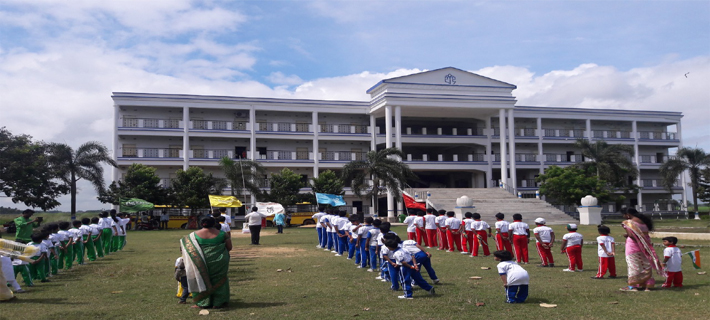Dance
Indian Classical dance has three main components- nritta, nritya, and natya. Nritta is the footwork and body movements, natya involves expression and acting. The combination if nritta and natya produce nritya , the complete classical dance presentation.
Two classical dance forms are taught in the club- Bratnatyam and Odissi.
The gurus insist on two things only- dedication and sincerity.
Odissi:
Another popular Indian Classical dance form is the Odissi. Beginning with bhumi pranam they move on to exercises in the chowka position which is the most important posture in Odissi. The 10 different types of steps in the chowka and tribhangi position are being taught along with padaveda and hasta mudra .
Kathak:
The body is held to be similar to a tree. Footwork (tatkar) is the root which binds the ground and tree in a close relationship. The hand movements are the branches. The tehai and tukra are compositions which combine the other two and are likened to fruits and flowers on the tree.
The kathak classes at our school will be enlivened by many games which develop skill and concentration as well.
Bharatnatyam:
One of the most popular Indian Classical dance forms in the world. The first step to learning consists of the basic steps- adaus which later combine to form yatis (the combination of alphabets into words). Next the children team items like Alarippu. Todiya mangalam, Yatiswaram. The next movements they will learn are the shabdam ( a combination of yatis, sahitya and abhinaya) and then varnam.




